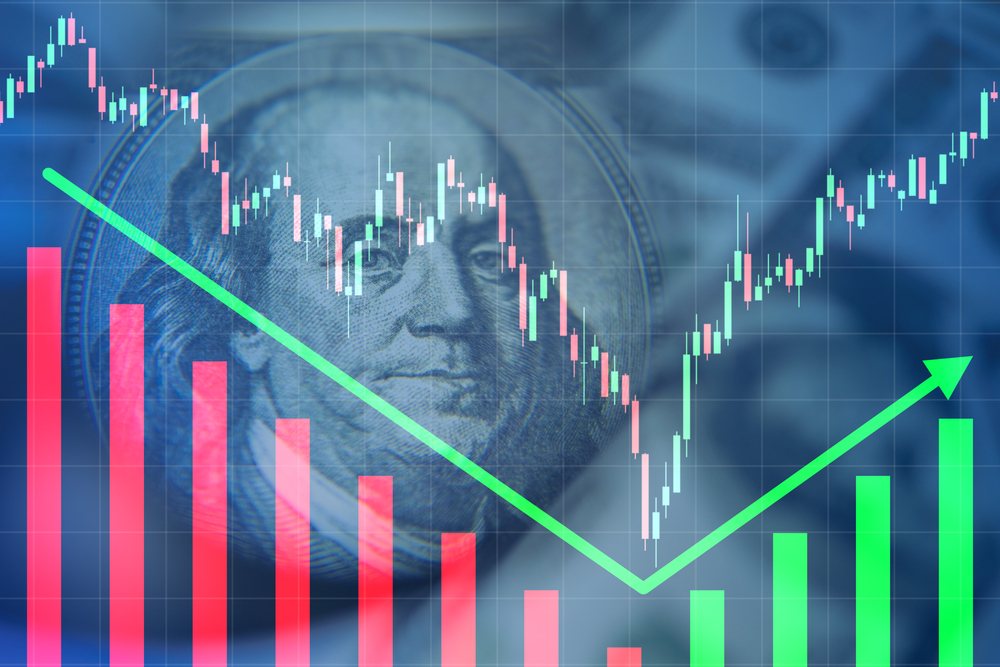Did You Get Bryan's Hertz Pick Before It Blasted Off? See How to Get His Next Recommendation Here. Editor's Note: Today's article is a very topical piece written by the Chief Income Strategist of The Oxford Club, Marc Lichtenfeld. At a conference a while back, Marc introduced us to Keith Kaplan, the CEO of TradeSmith. We had a great discussion about how to best educate and help our members survive and thrive during a sell-off. Keith impressed us with his experience and his knowledge of the markets. But what really made the conversation stick out for us was just how much he cared about making the market more approachable to retail investors. On December 29, at 8 p.m. ET, Marc will sit down with Keith and The Oxford Club's Chief Investment Strategist Alexander Green to discuss how everyday investors can boost their returns by up to six times in 2022. This is such a valuable presentation - especially considering how unforgiving the current market is - that we've arranged for our Trade of the Day readers to attend it for FREE. (Absolutely free! No credit card required!) Click here to register now for the 2022 Stock Market Fast Track event. -Ryan Fitzwater, Associate Publisher
Marc Lichtenfeld, Chief Income Strategist, The Oxford Club "You'll never make that money back!" the pitchman breathlessly exclaimed. The guy on the radio was selling annuities and warning investors not to put their money in the risky "Wall Street casino." He tried to scare listeners by telling them that if the market crashed like it did in 1987 or we had another nasty bear market like we did in 2000 or 2008 that "it would take a lifetime to make that money back." He couldn't have been more wrong. On October 19, 1987, or Black Monday, the Dow Jones Industrial Average plummeted 22.6%. It was the biggest one-day drop in U.S. stock market history. But it didn't exactly take a lifetime to recover those losses... In fact, it took just 15 months. During the financial meltdown of 2007 and 2008, the S&P sank a whopping 57% from its high in October 2007. This one took longer to recover, but the index was back at October 2007 levels by April 2013. Five and a half years is a long time... but hardly a "lifetime." In fact, if you had such incredibly bad timing that you entered the market peak in 2007 but held on until today, you'd be up 89.2%, or just about 7% per year. That's just slightly below the market's historical average of 8%. Not bad considering you'd have bought at the market top right before the worst collapse since the Great Depression. My point is that the annuity salesman exaggerated the market's risk to make annuities sound attractive. It takes a lifetime to recover from a bear market or crash only if you sell into the panic. | 












No comments:
Post a Comment